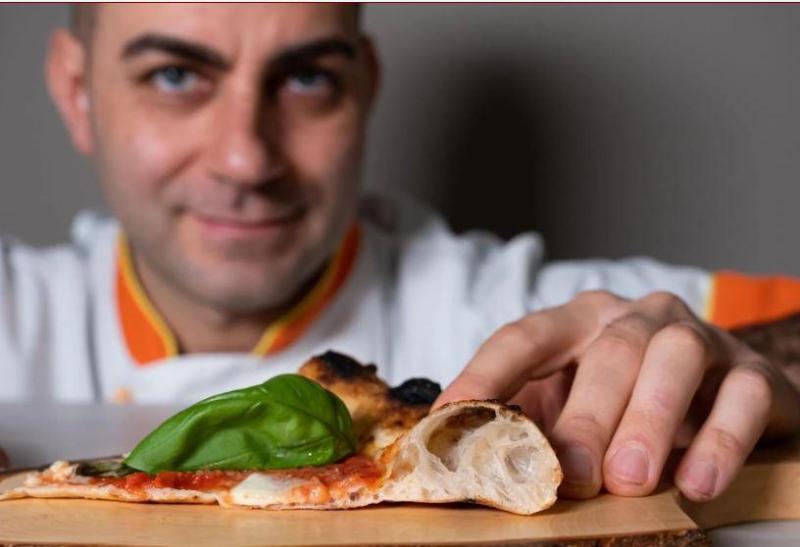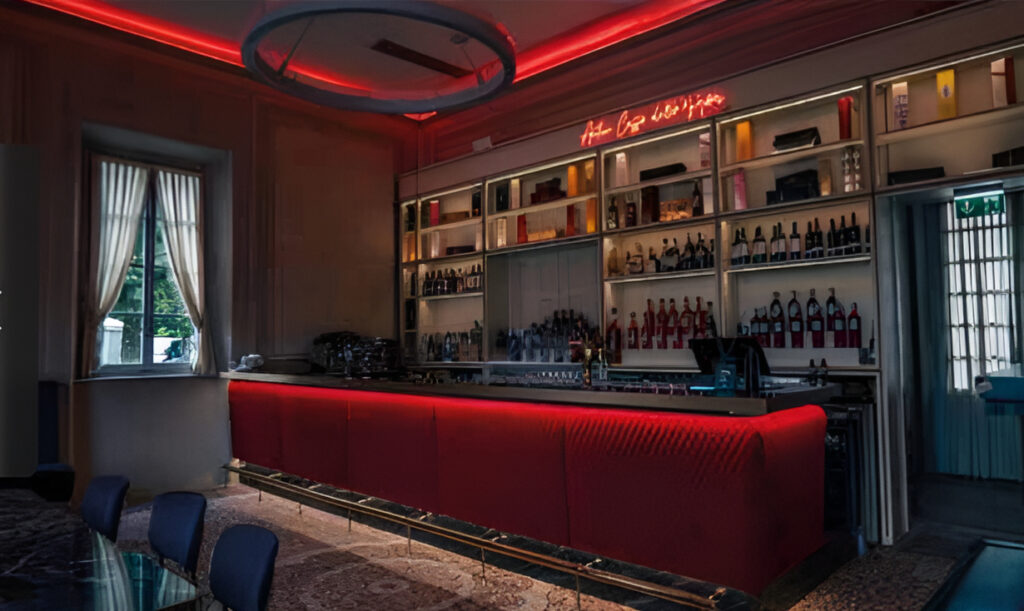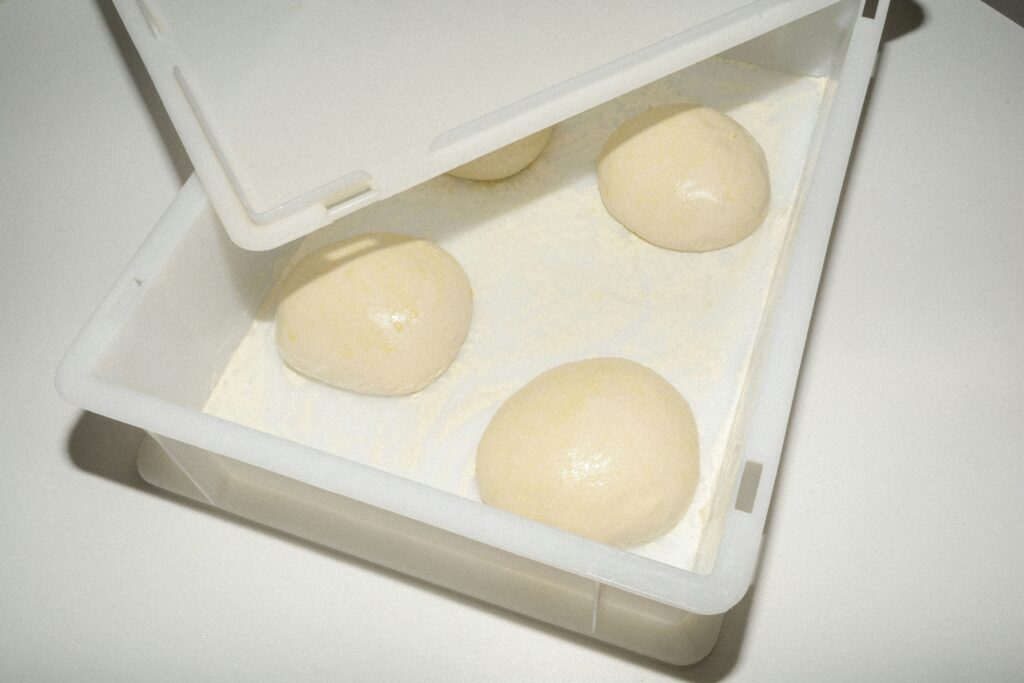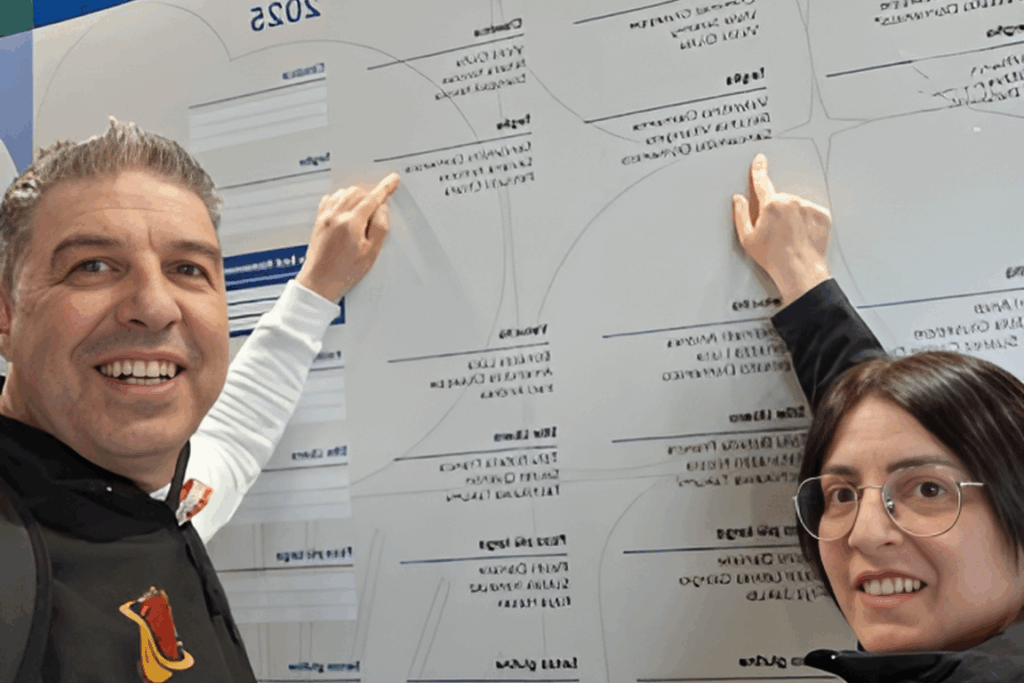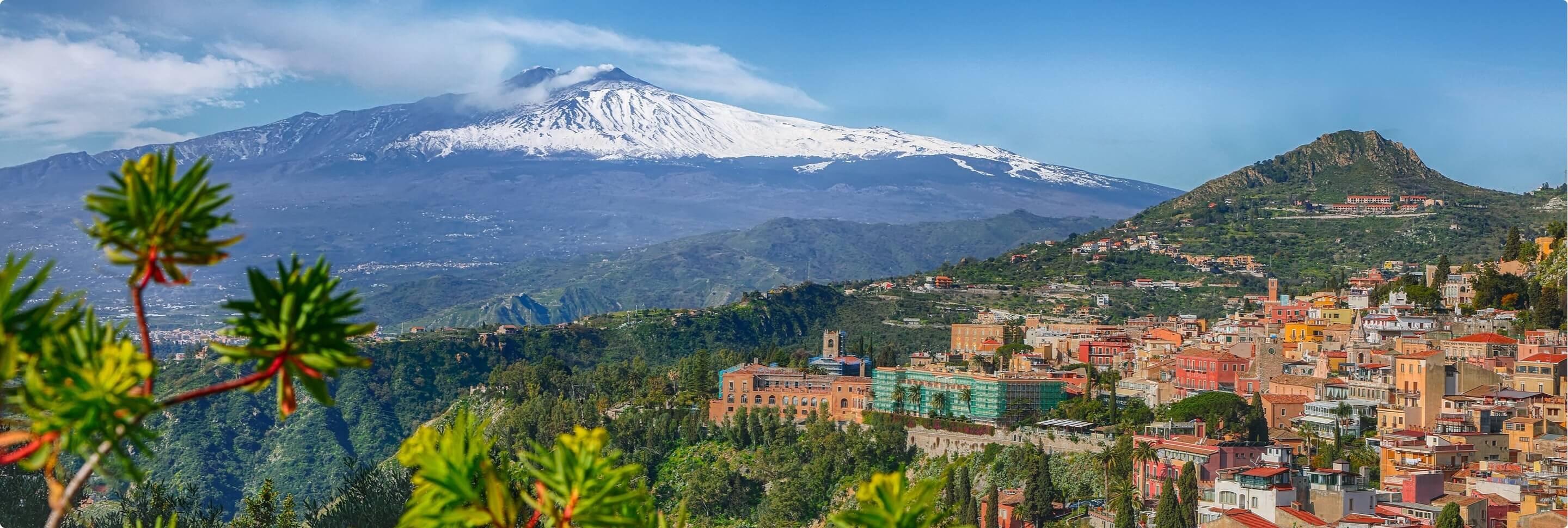
A world of its own, a set of magnificent differences, peculiarities and details to be discovered.
Sicily is a region that perfectly embodies the idea of boundary, with its history made of civilizations and people who left their indelible traces in osmosis of contaminating and rich cultural exchanges beyond compare. Just in this wake, the Arab-Norman dualism and a consequent cultural identity multiplied over centuries of history gave unique artistic phenomena, starting from the Opera dei Pupi Popular Theatre, recognized as intangible cultural heritage to be safeguarded by UNESCO.
You will never forget the first time you arrive in Sicily, whether you fly over Etna on a sunny day and admire its majestic crater or cross the Strait of Messina where Trinacria (Sicily’s ancient name) and Calabria seem to almost caress each other. Impressive is the blue of the sky, whose intensity is difficult to describe, full, dense, as well as the scent in the air, no matter what the season and no matter if the traveler arrives from the north or south. Then you enter the island and find extraordinary landscapes. Here the fertile soil, the majestic richness of vegetable and animal biodiversity and the abundance of fish in the sea led to an incredibly wide food culture that has been enriched over time by the contamination of all the peoples who arrived here.
To get to know at least a little of this region you could start from that magical place that is Etna, with its slopes rich in mineral soil, the significant temperature changes that give unique characteristics to the grapes that grow there and the oranges that turn red. Then you go down to Catania with the scent of sea, fish and orange blossom, enjoying the magnificent view of Piazza del Duomo with the elegant elephant fountain, symbol of the city known as u Liotru. Similarly, it is worthwhile to reach first Messina and then the lakes of Ganzirri, connected to the Ionian and Tyrrhenian seas, meeting in this enchanted place at the tip of Sicily. From Milazzo the temptation to sail towards the Aeolian Islands is irresistible. Seven wonderful jewels emerged, characterized by lava flows, black beaches, indescribably beautiful sunsets, extraordinary fish fauna and deep green caper plants.

You cannot fail to visit the green landscapes of the Nebrodi Mountains, a northern mountain range that is part of the Sicilian Apennines, where you can find the famous Suino Nero, a refined indigenous breed of pig from which you get hams and sausages with an intense flavor. It is also worth visiting Marsala with its salt pans, where in 1773 a rich English merchant, John Woodhouse, was fascinated by a local wine then known as Perpetuum; it was a product that farmers reserved for special occasions and that from that moment on will be recognized until our time as Marsala.
Impossible not to take a boat and head to the island of Favignana, where sea and sky mingle in a beauty of rare intensity, to admire the crystal water and visit its tuna fisheries. Or, you can move towards Mazara del Vallo, defined as the most Mediterranean city in the Mediterranean, just two hundred kilometers from the coast of Tunisia; between Africa and Sicily, in the sandy sea bottoms with the warmest waters and highest salinity, you can fish the magnificent red shrimp, which is particularly sweet and among the most appreciated crustaceans of all.

Next, the Valley of the Temples in Agrigento reflects the immortal image of beauty of a landscape that slowly descends towards the sea. It is really impressive the feeling of magnificence, the emotion that surprises us in front of these monuments with two thousand years of history, deriving from Greek domination. Then, in Piazza Armerina, the city of the hundred churches, you can admire Villa Romana del Casale; discovered only in 1950 and forgotten for centuries under a farm, it preserves some uniquely beautiful mosaics, which are a spectacle of millenary art. This is one of the areas where the prickly pear grows, one of the island’s emblematic fruits, particularly good and sweet.
In the city with the Arab name Qual’at al Ghiran, Caltagirone, there are the magnificent, colorful majolica tiles of the staircase of Santa Maria del Monte, with its one hundred and forty-two artistic steps decorated with island patterns ranging from the tenth to the twentieth century; more than one hundred and thirty meters of beauty linking the church of the same name to Piazza del Municipio (Town hall square).
Right in Catalgirone the ancient grains come back to new life, with the bread of Timilia, which is made as it was made long time ago and can be also tasted only with a drizzle of fragrant oil from Hyblaean Mountains. Here you can also taste Ragusano PDO, an extremely good cheese made of cow’s milk from Modican cows, a Slow Food presidium that has been so appreciated since 15th century by the Spanish court as to develop a flourishing naval trade between Sicily and the Iberian Peninsula. Nestled in the Hyblaean Mountains is Scicli, another magnificent example of Baroque style, with its ornaments surrounding monuments, the scent of orange blossom and limestone houses; all around olive, almond and carob trees. In this corner of Sicily there is an interesting cuisine, moving from poor traditions to rediscover a heritage of flavors. Among the noblest cultivations, you can find that of the Cosaruciaru bean, literally “sweet thing”. When speaking of Baroque, it is necessary to talk about the splendid city of Modica, with its stairs climbing steep terrain, its narrow streets opening onto tree-lined avenues and the typical intense fragrance in the air, that of Modican chocolate. Coming from the Aztecs, it inherited their ancient processing; also, it has an extremely particular body and raw consistency and it is a great delicate and refined product, with a unique flavor. From chocolate to tomato, the leap is obvious, but it is impossible not to mention Pachino and Marzamemi, where the salt coming from the last sea of Sicily before Africa dries on a land that is home to generous c

Finally – but only because it would deserve a separate volume given its complicated charm – there is Palermo, a city with a thousand facets, capital of the region and fifth largest city in Italy for population. Visiting Palermo is like venturing inside a huge kaleidoscope and discovering its inexhaustible combinations of colors and images. It’s nice to get lost in Palermo, both physically and imaginatively. As when you find yourself in front of the immeasurable magnificence of a Cathedral ideally uniting Arabs and Normans, Muslims and Christians. Likewise, with its open markets, it is a city that knows how to mix and love every possible flavor, no matter how different. Walking along its streets, there are countless possibilities to taste street food. Starting from arancine (or arancini, according to what part of Sicily you are in), offered in the most classic versions, with béchamel sauce, ham and peas or with meat sauce. Having clear Arab origins, bread and panelle (a type of Sicilian fritters) are a delicious preparation made of chickpea flour, crispy on the outside and tender on the inside; they are usually served with soft sesame rolls with a bit of lemon.

Originally created as a poor food and obtained from the recycle of the fifth quarter (offal) meat and slaughtering waste, pani ca meusa has become one of the main symbols of Sicilian street food. Calves’ spleen and lung are boiled and then browned in lard; then, they are served inside sesame sandwiches, either in the schetta (single) version, without any other ingredient or maritata (wedded) version, with a good amount of grated caciocavallo cheese. Moreover, a must that you can easily use for lunch is the sfincione, a sort of high and soft focaccia, generously seasoned with ingredients that make it moist and wonderfully soft: tomato sauce, stewed onions, caciocavallo cheese, oregano, anchovies and breadcrumbs. Also worth trying is purpu vugghiutu (boiled octopus), served by a very skilled octopus vendor who is able to extract an octopus from a steaming pot and cut it in big pieces in order to serve it in your hands with a sprinkling of lemon.
Another good kind of focaccia is the scacciata or schiacciata, also called mpanata. It is prepared with bread dough and with a very rich filling, made of broccoli, sausage, tuma cheese or a first salt pecorino cheese such as pepato fresco (fresh cheese with black pepper), to which black olives, anchovies, potatoes and onions are often added. Also noteworthy are mussu and carcagnuolu, that is, snout and hock, two beef scraps that can be tasted boiled and cut into cubes, served cold with salt and lemon. Not to be missed is also the rascatura, a version of ante litteram zero waste sustainability, a kind of meatball made by frying the dough scraps of panelle and crocché. Finally, you cannot miss a taste of pollanca, the boiled corn on the cob that every bather on the beaches of Mondello has tasted at least once. Waiting to taste some other bite of a territory whose gastronomic wonders never end.
